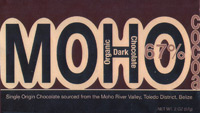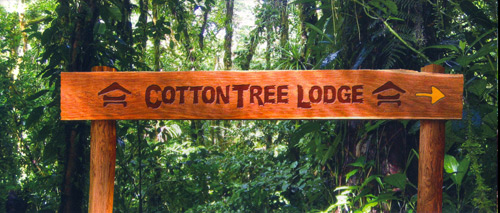67%
by Moho
Impact
For some, any bar below 70% is seldom worth its weight in cocoa solids. But as Einstein calculated, “Not everything that can be counted counts, & not everything that counts can be counted".
Appearance 3.9 / 5
| Color: | mud brown w/ red ferric blush |
| Surface: | unmarked / unscored (De Vries style); huge swales & swirls |
| Temper: | thin / semi-dim veneer |
| Snap: | high crack (on the verge of losing Temper) |
Aroma 9.1 / 10
rich & thick: roasted hazelnuts, heated by smoking sapodilla wood chips, leap out the wrapper & get shoved up the nose by rising pillars of chocolate
Mouthfeel 10.8 / 15
| Texture: | powder dry |
| Melt: | frag lumps |
Flavor 44.8 / 50
rips chocolate right away, then a quick cotton candy off the sapodilla berry & chicle tree -> sugar to the fore before smoke elements overtake it, only to yield back to first vanilla, next chocolate-dipped papaya (nice)... slow burn to dry wood chips & a very welcome astringency
Quality 16.4 / 20
The launch bar for Moho, fka Cotton Tree, named after the river valley in the Toledo District of southern Belize -- home to Mopan & Ketchi Maya as well as rumors of their heirloom cacáo which may be the subject of an upcoming comprehensive genetic survey of the area. Beyond that, Moho also has ambitious plans to produce a cacáo wine, in the spirit of Cameron McNeil whose numerous field studies in Mesoamerica cover traditional cacáo beverages (whether pre- or post-Columbian remains open to debate).
This bar very much the sweeter sib of Cotton Tree’s 70%. Similarly, both share the same trait of packing heavier than their cacáo percentage, due in part to the sapodilla wood used in the fermentation which imparts a darker tone as well as an almost evenly split CBS (Cocoa mass / Butter / Sugar ratio). But where the 70% hints of sharp splinters & pineapples (emphasis on pine), this sticks to the fruited edge of chocolate to defy the hazelnut headwinds in the initial scent.
ING: cocoa mass, sugar, cacáo butter
Reviewed October 12, 2010

This bar very much the sweeter sib of Cotton Tree’s 70%. Similarly, both share the same trait of packing heavier than their cacáo percentage, due in part to the sapodilla wood used in the fermentation which imparts a darker tone as well as an almost evenly split CBS (Cocoa mass / Butter / Sugar ratio). But where the 70% hints of sharp splinters & pineapples (emphasis on pine), this sticks to the fruited edge of chocolate to defy the hazelnut headwinds in the initial scent.
ING: cocoa mass, sugar, cacáo butter
Reviewed October 12, 2010





